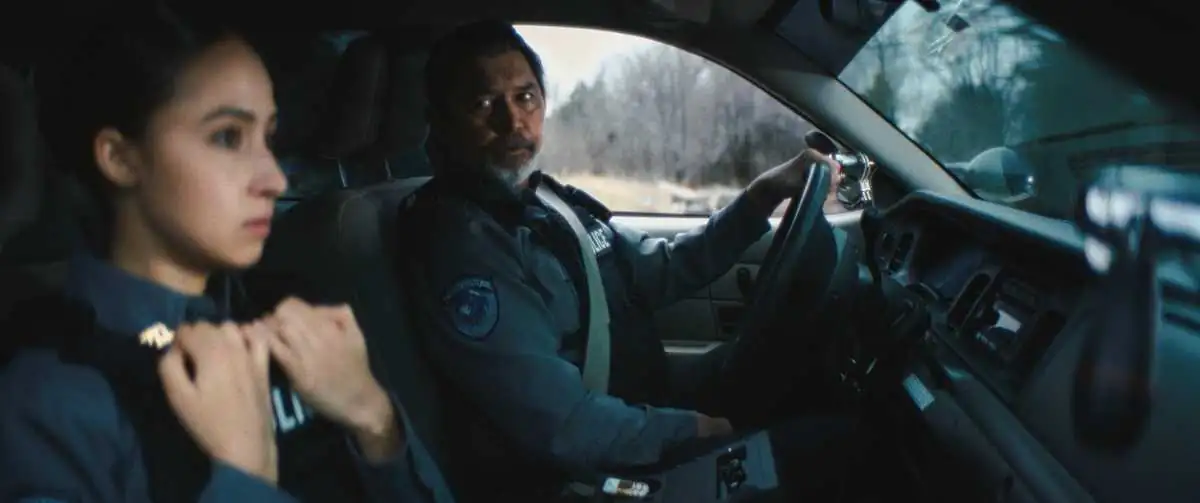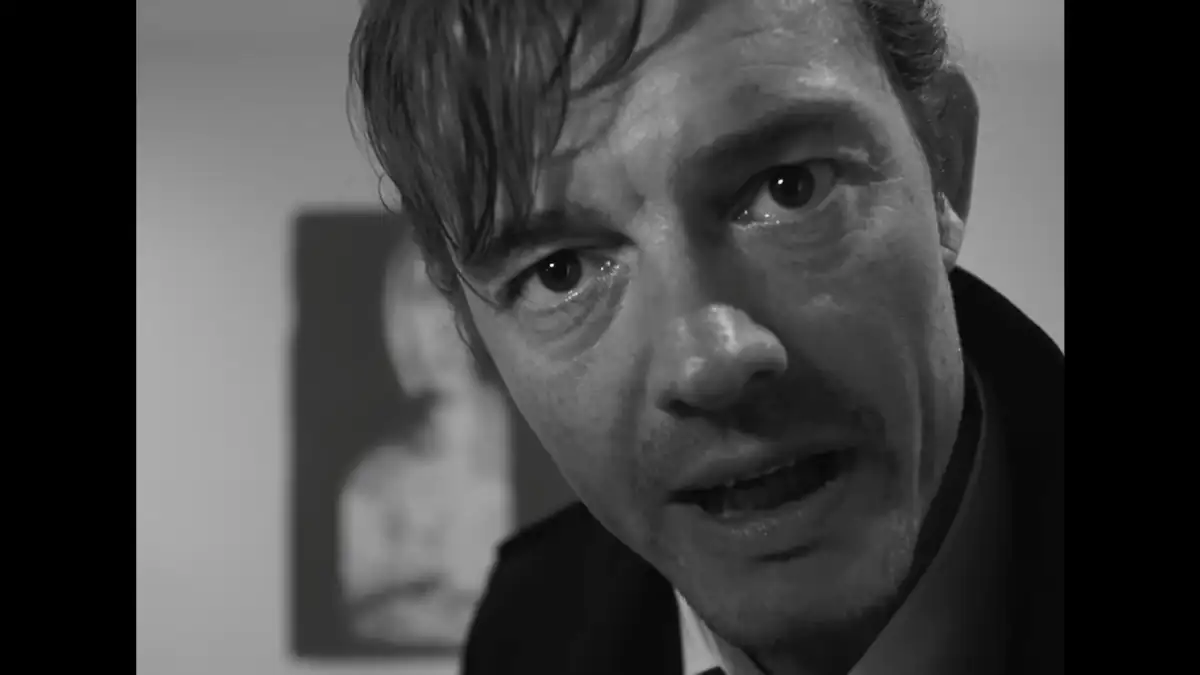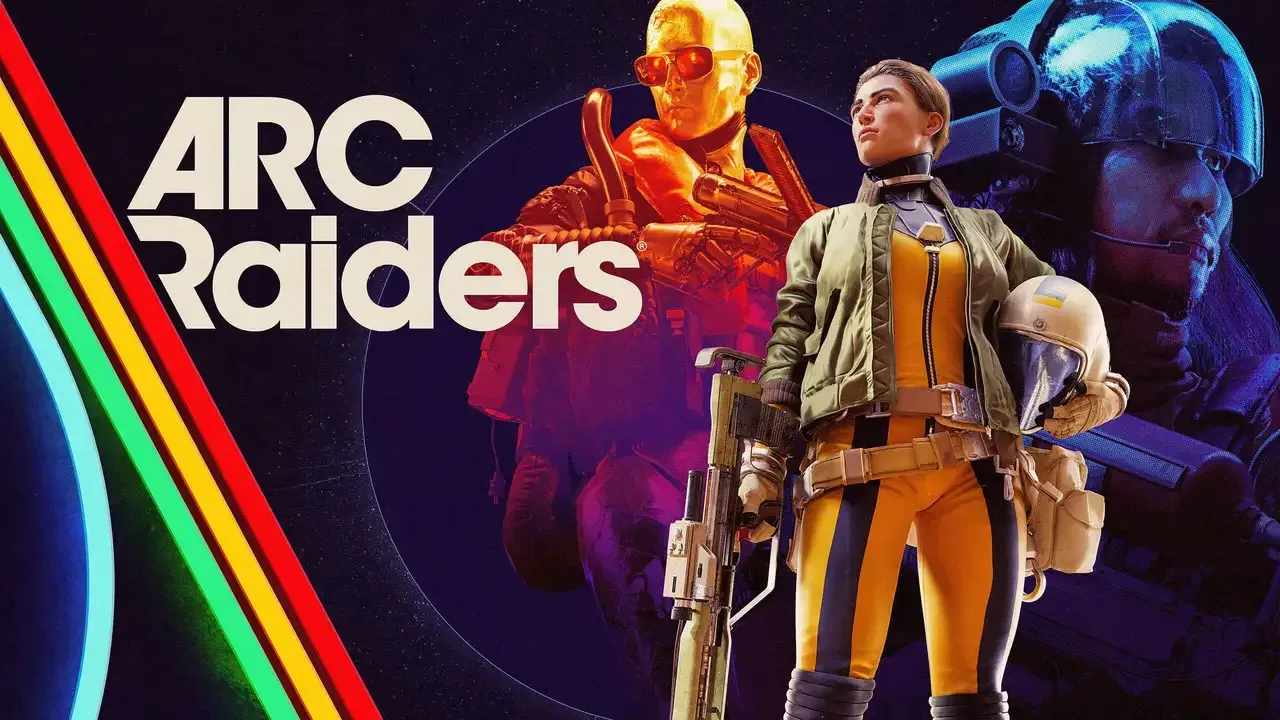(Gran Turismo 7 is out on the PlayStation 5 on March 4th. The distributor provided a review copy.)
About two days into playing Gran Turismo 7, something interesting happened.
I just finished a race with an older model Mazda. A lovely little car that zips around corners like nobody’s business. It was also the first car I ever owned. I felt a warm gush of nostalgia.
“Do they have a 1970 Chevelle?” My wife asked.
“Maybe. There are hundreds of cars,” I said.
She watched as another race began. This one with compact Japanese hatchbacks.
“We should get a racing wheel,” she said. I agreed.
Neither my wife nor I are gear heads. She’s easily more accomplished in this field than I am. But our admiration for cars extends to acknowledging how pretty the classics look. I like driving, but I can’t say I’ve ever gone on a joyride.
At first, I approached Gran Turismo 7 with curious hesitation. I hugely enjoyed the wild fantasy of Forza Horizon 5. But that’s as far removed from this world as possible. I like flying off volcanoes in indestructible cars because it’s about as much as I understand of them. Or physics, apparently.
Gran Turismo 7 is about a different kind of love. It’s about how a road trip makes you feel. What memories do you entwine with it? How did your first car smell? Who did you drive with?
It’s a love story about our relationship with the road.
When that clicked, it began a love affair of my own with Gran Turismo. One that made me fall in love with cars all over again.
If you’re here for a review of the expert mechanics and fine-tuning details that Gran Turismo 7 provides, I won’t be able to help. This review isn’t about that. There are other, more qualified people for that. But if you’re like me, and racing games aren’t your thing, read on. I think you might end up loving Gran Turismo as much as I did.
Let’s set the stage a bit.
My experience with Gran Turismo is limited to the first two games on the original PlayStation. I liked them in the way any kid likes racing games. Cars go brr, and I can race against my dad.
After that, for nearly two decades, racing games held little interest to me. I didn’t get a driver’s license until my mid-twenties. Cars were a distant curiosity, one I only vaguely understood.
Gran Turismo 7 begins with an extended prologue showcasing the history of automobile enthusiasm. Over a hundred years of technological, cultural, and social innovation roars past us. Nostalgia, melodrama, triumph, and sorrow merge into one. It’s reminiscent of Hayao Miyazaki’s wonderful love letter to aviation, The Wind Rises.
Already, I felt something tugging at my heartstrings.
Your main playground covers a café for car enthusiasts, a tuning garage, a car dealership, and access to the global racing community. More areas become accessible as you complete new licenses and unlock cars. For much of the early game, you’ll find yourself running back and forth between the track and the café. There, the local barista offers you new menus, which set up the next set of cars.
The implementation of locations isn’t particularly great. Clicking from one point to the next is unintuitive, and it tends to feel tedious. Especially when you’re just setting out. While the game is vast and full of details to tinker with, there are a lot of unnecessary tutorials as well.
Similarly, the presentation is nothing to write home about. All dialog is delivered in text, and characters are there just to give you new shopping lists. It’s not a visual feast, either, but there’s something comforting about the homespun quality.
It’s here the strict purity of vision stands out. Gran Turismo 7 is interested in one thing, and one thing only. Cars. Everything else, be that graphics, voice acting, or interfaces, is secondary. For newcomers, it feels jarring at first. The hosts, who look like chatbots, lack personality. They’re the bare minimum to get you started.
This focus on one thing alone seeps into everything. Don’t expect the world to wow you in any way. Sometimes, you might even notice how blocky things look outside the track. The first time this happened, I couldn’t help but wonder if there was an issue with the game.
There isn’t. It’s intentional. Everything that exists – everything that matters – begins and ends with the car. Each one of them is a thing of beauty. Rendered in the highest detail with immaculate care, they deserve every bit of attention. I had no desire to leave the regular view behind the wheel. I was too busy admiring every little button Polyphony Digital captured perfectly.
Between races, you’ll take your car out for tuning, washing, and photoshoots. The scape mode allows for over 2500 locations to serve as backdrops. This is perfect, since the impressive photography mode gives you all the tools you could ask for to immortalize your favorites. The way Gran Turismo treats car photography is akin to erotica. Everything from a single ray of light makes a difference.
When you return with new cars, the café becomes a base camp to admire them. You’ll hear their histories, and trade experiences, and even get anecdotes from their designers. It’s an all-encompassing celebration for driving.
The driving experience itself remains unparalleled. Every car feels distinct and unique. There’s magic to finding what works for you, and then fine-tuning it to perfection. Without a racing wheel, I can’t speak for how it handles in its prime. But even on a Dual Shock, the simulation is wondrous. Haptic feedback makes the road feel like you could touch it. With a good headset, Gran Turismo takes realism even further. I did find myself missing some oomph from muscle cars, but that could also be a case of expectation management.
One notable gripe is the racing setups. Each one starts the same way from an automated start, where you’re always in last place. From there, you have to work your way to the front in the allotted laps. It’s fine for some races, but I wish it were more varied. Especially in more chill races, where you’d just want to enjoy the slalom-like swerving through corners.
But it’s one of those things you just accept with Gran Turismo. The more I read about Polyphony Digital’s work, the more I realize they’re making exactly what they want. It’s their ride, so to speak. We’re just passengers. I can admire that kind of bullheaded approach, even as I acknowledge its limitations. Here, those come out as lackluster UI design, a sterile world, and a non-existent story mode. You’re here for the racing and the cars, and that’s it.
Is any of that a dealbreaker, though? I don’t think so. Gran Turismo sits in a weird middle ground between hardcore simulation and emotional wish fulfillment. You can spend as much time as you want to fiddle with the gears, or not. A dedicated racer will set up a full driving seat in their home. Hopefully, with the VR2 headset underway, we’ll soon have an even more involving way to race.
Then there are people like me. Those who rarely, if ever, play racing games. The kind of person who doesn’t understand cars. For us, Gran Turismo fills a different kind of void. It creates a racing utopia, where all that matters is how a car makes you feel. It is, often, unbearably naive. But there’s beauty in that purity. Everything you need in life is on the track. Beyond it, is the gulf.
I think Gran Turismo 7 fills a special place in gaming today. It’s a celebration experience everyone can enjoy. It’s accessible and fun, and it genuinely wants to include you in it. Every hour I spent in the game made me love it, and the cars, even more.
I’m not sure if I understand any of them any better. But I do understand how they make others feel. That’s an achievement all of its own.












